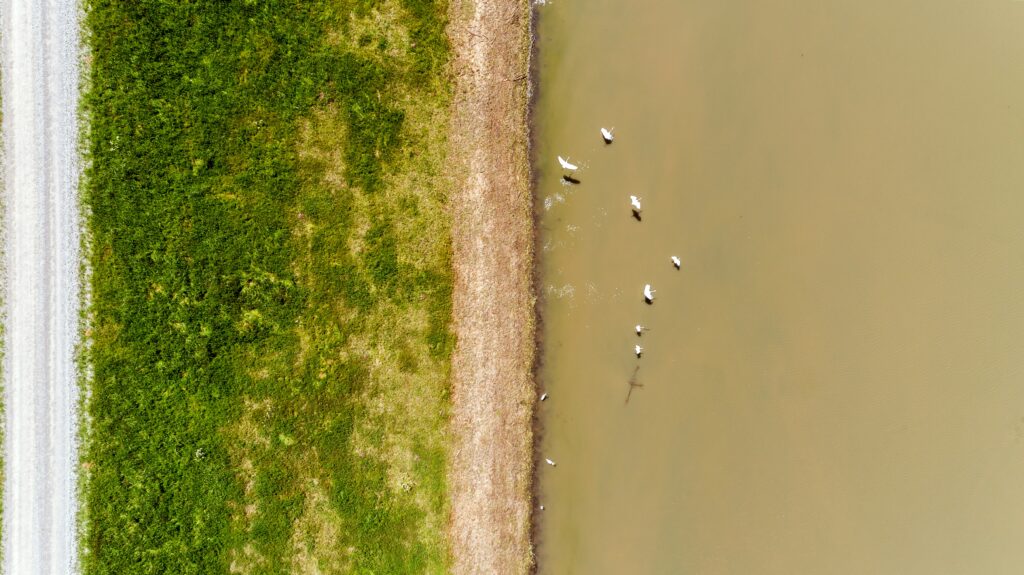
In 2024, significant changes are imminent for civil engineers in England.
A new law will enforce the integration of sustainable drainage systems (SuDS) into new developments exceeding 100sq/m.
This is outlined in Schedule 3 of the Flood and Water Management Act 2010.
This shift from the automatic legal right to connect surface water drainage to nearby sewage infrastructure poses unique challenges for civil engineers.
SuDS need to be part of the design
SuDS are not mere add-ons to the build plan.
They demand careful consideration, significantly shaping the fundamental design of developments.
As leading developers proactively adapt to upcoming SuDS requirements, civil engineers play a central role in navigating these changes.
SuDS are designed to minimise the built environment’s impact on the natural water cycle and prevent flooding by managing surface water runoff.
They present a paradigm shift.
Engineered SuDS solutions have become common.
These are solutions like permeable paving and geocellular attenuation tanks, known for being easy to install and cost-effective.
However, a shift towards a holistic and landscaped SuDS approach is gaining traction.
Engineered vs landscaped SuDS
Engineered SuDS efficiently manage water runoff quantity and can support a holistic approach to water quality management.
Landscaped SuDS, incorporating green roofs, rain gardens, tree pits, swales (shallow drainage channels), and constructed wetlands, extend beyond managing water quantity.
They contribute to water quality improvement, enhance amenity spaces, and create habitats for biodiversity.
However, the challenge lies in their limited ability to handle significant rainfall levels.
This prompts a need to combine engineered and landscaped SuDS for enhanced water circularity benefits.
Civil engineers must reassess SuDS strategies to achieve a balanced integration and create more habitable spaces and future-proof developments.
The four pillars of sustainable drainage
There are four pillars to SuDS:
- water quantity
- water quality
- creation of amenities
- creation of habitats for biodiversity
These pillars guide engineers in aligning their strategies with evolving expectations and potential future regulations.
Buyer preferences are increasingly influenced by these pillars, reflecting concerns about flooding risks, water quality, the importance of green spaces, and the need for sustainable environments.
Article written by Martin Lambley -Institute of Civil Engineers



